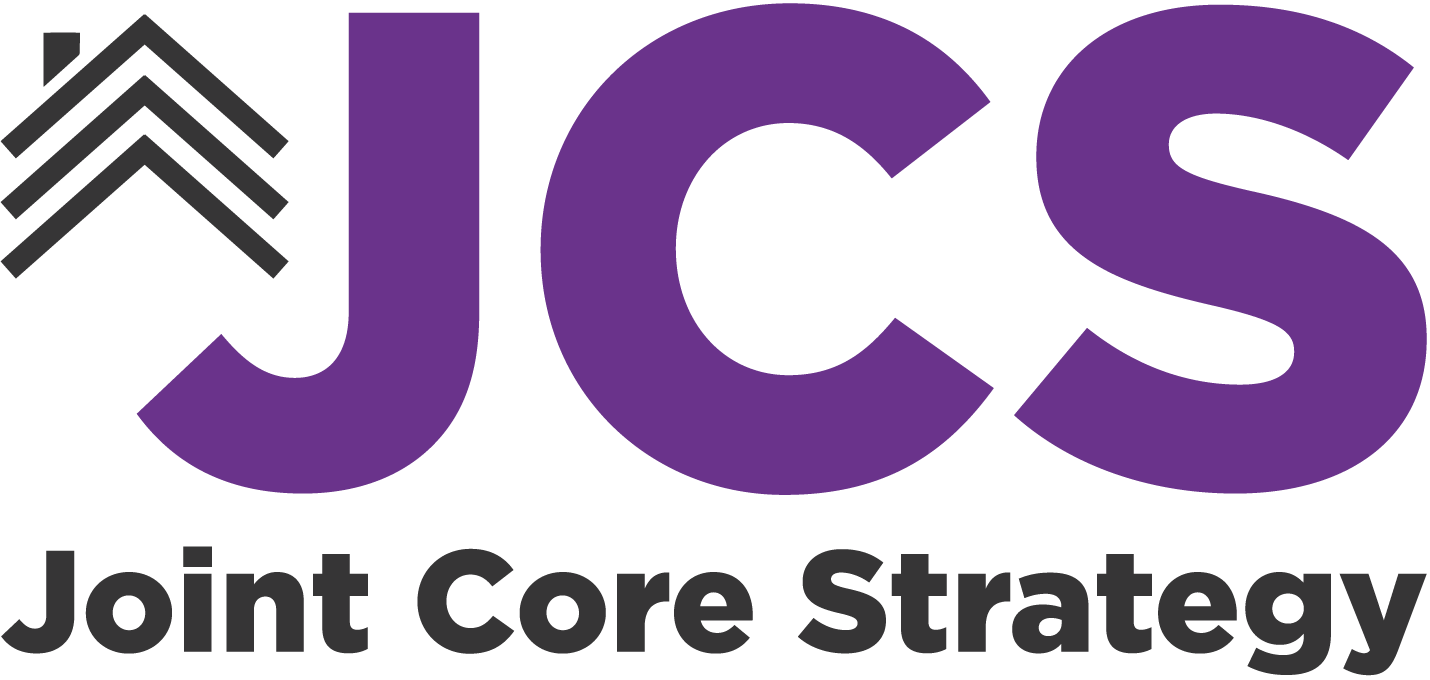Community Infrastructure Levy
Home > Community Infrastructure Levy
What is the Community Infrastructure Levy?
The Community Infrastructure Levy allows local authorities in England and Wales to raise funds from developers undertaking projects in their area. These funds are used to provide a wide range of infrastructure that is needed to support new development. It does not replace Section 106 planning obligations which continue to be used for affordable housing provision and site-specific mitigation measures which are necessary to make a planning application acceptable in planning terms.
The Community Infrastructure Levy charge applies to most new residential buildings and can be used to fund a wide variety of infrastructure that will support development, including:
Transport schemes
Flood defences
Schools, and community facilities
Parks, green spaces and leisure centres
The JCS Community Infrastructure Levy
The JCS partnership (formed by Gloucester City Council, Cheltenham Borough Council and Tewkesbury Borough Council) adopted their Community Infrastructure Levy in October 2018 and charging began on 1 January 2019.
Community Infrastructure Levy review
The JCS Review will require a revised Community Infrastructure Levy. The process has started with the initial review of the charging schedules for each of the JCS authorities. These will need to both inform the JCS Review as it emerges and respond to the local plans for the three JCS authorities. More detail will be made available in due course.
What is a charging schedule?
A charging schedule sets out the levy rates for a charging authority area.
Charging authorities, i.e the JCS authorities’, will consider relevant national planning policy when drafting their charging schedules. This includes the National Planning Policy Framework in England.
Charging schedules should be consistent with, and support the implementation of, up-to-date relevant plans.
Further details
More details about the Community Infrastructure Levy and the individual JCS authorities’ rates (or charges) can be found on their websites, as follows. The most recent charges are set out in their 'CIL Rate Summary Report' which is published each December.
